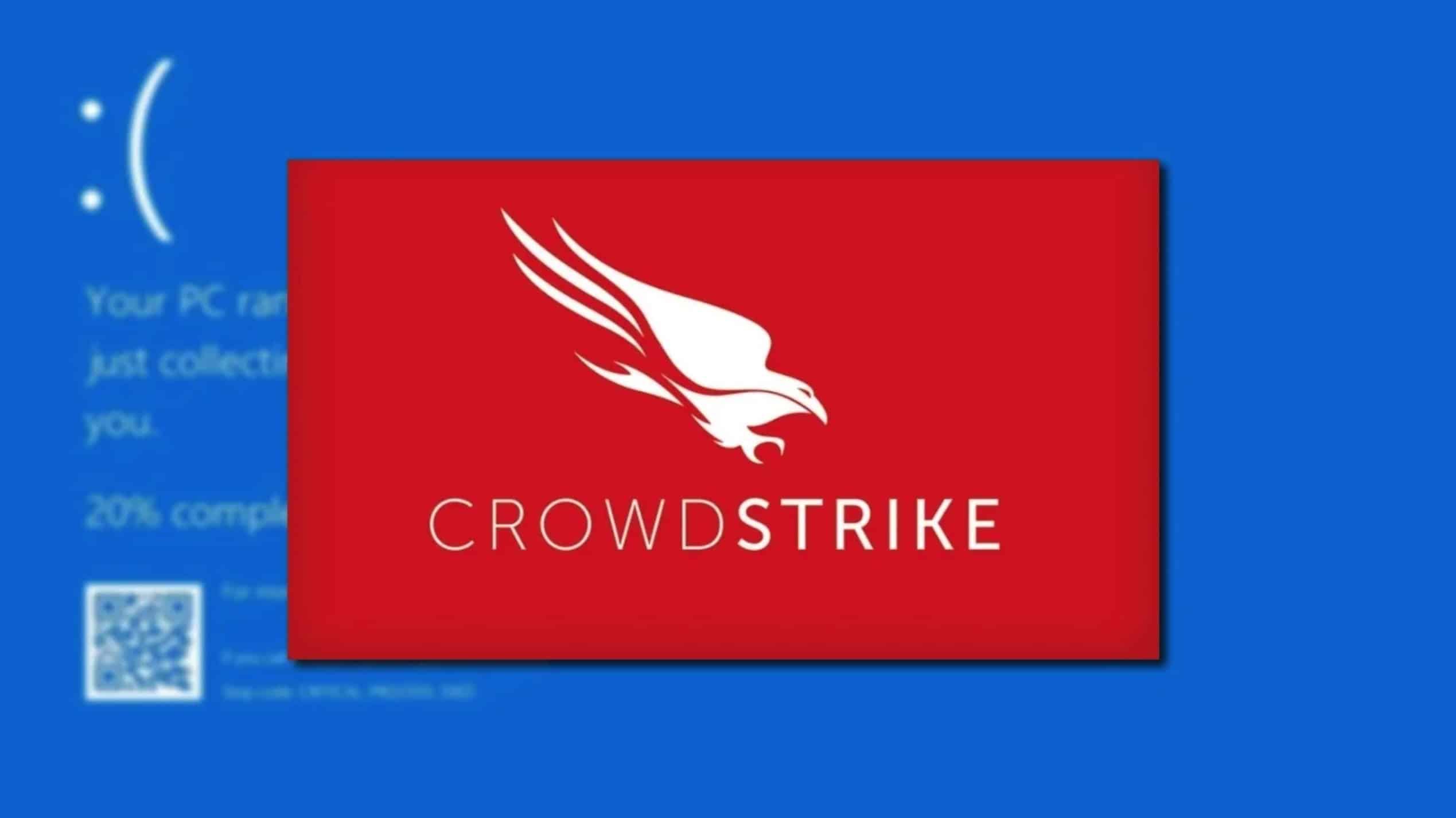Global Regulatory Change Isn’t Waiting...Are Your Compliance Risk Solutions Ready?
According to Thomson Reuters Regulatory Intelligence, in 2021, there were over 64,000 regulatory alerts across 190 countries, highlighting the speed...
4 min read
Heroic Technologies : Jul 24, 2024 1:15:00 PM
The recent Microsoft outage has sent ripples across multiple businesses, disrupting services and affecting millions of users. This incident shows how important IT infrastructure is today. The outage mainly affected services like Azure and Microsoft 365, causing both consumers and businesses to deal with unexpected downtime.
Understanding the consequences of such IT issues is crucial. In a world that heavily relies on digital platforms for everyday operations, any disruption can have far-reaching effects. For businesses, this means potential loss of revenue, decreased productivity, and erosion of customer trust. Consumers face inconveniences such as interrupted access to emails, cloud storage, and other essential services.
To reduce these risks, having proactive measures in place is essential.
The recent Microsoft outage happened because of a change in how Azure’s backend workloads were set up. This mistake caused a disruption in the connection between storage and compute resources, which affected Microsoft 365 services. As a result, users and businesses all over experienced widespread service issues and couldn’t use important applications like Outlook, Teams, and SharePoint.
Healthcare Organizations
Understanding why these outages happen and how they can affect various aspects of society emphasizes the importance of having strong IT strategies in place and taking proactive measures to prevent such incidents from occurring again.
Keeping your system stable by regularly updating your software is crucial for IT environments. These updates often fix security weaknesses that cybercriminals could exploit. However, it can be difficult to find a balance between these updates and operational efficiency, especially in complex infrastructures like Azure.
Here are some important things to think about when it comes to software updates, security measures, and operational resilience:
A flawed update caused major disruptions in services around the world, impacting industries like healthcare and aviation. This incident taught us some important lessons:
Understanding these factors can help businesses navigate the complexities of maintaining secure and stable IT environments.
Increasing reliance on cloud platforms like Azure and third-party services poses significant risks. Business vulnerability becomes apparent when a single point of failure affects multiple operations. To counteract this, adopting a comprehensive approach to resilience planning is crucial.
Investing in these strategies enhances your tech resilience, reducing dependency on external providers and preparing your business for potential disruptions.
The evolving nature of IT risks highlights the need for businesses to stay vigilant, adaptive, and well-equipped to handle potential disruptions like the Microsoft outage. Companies must ensure that their IT strategies are robust enough to navigate these uncertainties.
Engaging with a managed IT provider strengthens your overall IT strategy, making your business more resilient against future tech outages and cybersecurity threats.
The recent Microsoft outage was a significant event that affected Azure and Microsoft 365 services, resulting in widespread service disruptions for users and businesses.
Healthcare organizations faced severe challenges during the Microsoft outage, particularly in delivering critical patient care. The disruption highlighted the vulnerabilities in reliance on cloud services and underscored the need for robust contingency planning.
Regular software updates are crucial for maintaining system stability and cybersecurity resilience. They help address security vulnerabilities while balancing operational efficiency, especially in complex environments like Azure, where configuration changes can lead to significant disruptions.
Businesses should adopt a comprehensive approach to resilience planning that includes building internal expertise or partnering with reliable managed IT service providers. This ensures timely incident response and disaster recovery support, reducing vulnerability to future tech outages.
The CrowdStrike incident teaches valuable lessons about managing cybersecurity vulnerabilities and ensuring business continuity through effective software update management. Organizations must prioritize evaluating their update processes to avoid flawed implementations that could lead to disruptions.
A managed IT services provider can offer professional guidance to strengthen an organization’s overall IT strategy, enhance cybersecurity measures, and ensure preparedness for potential disruptions. Their expertise is vital for effective incident response and minimizing downtime during tech issues.

According to Thomson Reuters Regulatory Intelligence, in 2021, there were over 64,000 regulatory alerts across 190 countries, highlighting the speed...

Picture this: your client sends you their tax returns, medical records, and confidential business documents via email. They hit send, the files...
Picture this: It's 11 PM, and you're frantically searching for a critical deposition transcript that was "definitely saved somewhere." Your paralegal...
The break-fix IT model operates on a reactive basis. When issues arise, businesses incur costs for repairs and recovery. This approach can lead to...
Two months ago, Microsoft began rolling out support for end-to-end encryption for all Teams calls. Given the pandemic and the increased demand for...

Breaking Down the CrowdStrike BSOD Global Incident